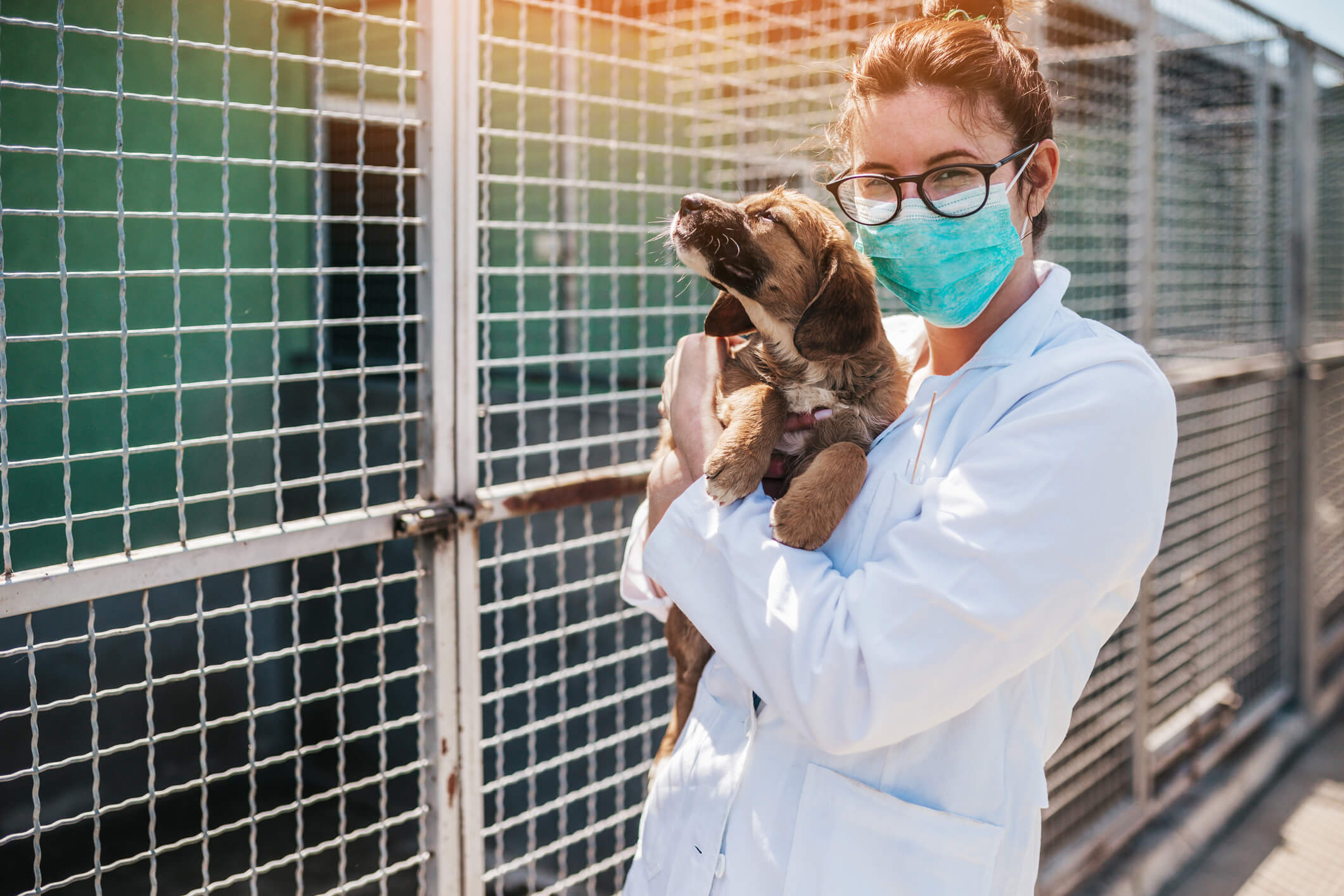
How Does a Pet Rescue Agency Work?
If you’ve ever adopted an animal that was a victim of neglect or mistreatment, there’s a good chance a pet rescue agency was responsible for helping them find their way into your loving home. There are thousands of these groups around the world, each fighting to give pets a better life.
Pet rescue groups come in all sizes with different focuses, but their underlying mission is always the same: the humane rescue, treatment and placement of animals in loving homes, whether as fosters or forever. Pet rescue agencies are the unsung heroes behind animal adoption.
But how does a pet rescue agency actually work? There’s a lot more to it than re-homing puppy mill pups or partnering with humane societies to adopt a litter of feral cats. Here’s what you need to know about the volunteers and rescue agency advocates on the front lines of the pet adoption process.
Types of pet rescues
Pet rescue agencies aren’t governed by any specific laws about incorporation or operation. Instead, they need to adhere to general pet care facilities laws. This means meeting standards and passing inspections for clean, safe animal housing. Organizations also need to follow municipal licensing requirements, meet record-keeping requirements and record annual fees and donations.
Generally speaking, there are three different types of pet rescue agencies. Their classification usually comes from wherever they receive funding:
- Municipal shelters are city-, state- or province-funded and house animals until they’re adopted.
- No-kill shelters tend to be private organizations that offer animal care and adoption.
- Not-for-profit rescues are volunteer-backed organizations funded by charitable donations.
It’s also important to note the big differences between pet rescue agencies and pet shelters. While they can overlap, most rescue agencies don’t maintain facilities to house pets—instead, they partner with shelters, which have better funding and the ability to maintain animal facilities to code. Many rescue agencies also work directly with foster families to avoid the overhead that comes with operating a facility.
A focus on animal, breed or area
One of the biggest benefits of a pet rescue agency is that these organizations tend to be very focused. Most rescues serve a specific type of pet or breed in a specific region. For example, Adopt a Boxer Rescue serves the needs of Boxers in the New England area. This level of focus allows these groups to be very effective in serving animals where there’s need.
Specific focus also ensures that under-served animals get the attention they need from an agency that understands and works with them specifically. Take The Greyhound Project, for example. A pet rescue agency devoted to Greyhounds ensures they’re getting the care they need from rescue to rehabilitation to re-homing.
Many pet rescue organizations start small and stay local because they have strong community ties. While they may network with similar organizations around the country, they know they can do the most good by staying small.
Where do pet rescues focus their attention?
Aside from animal type and location, pet rescues also tend to focus on specific aspects of rescue operations. This can include everything from the physical rescue of the animal to medical care and rehabilitation to training to re-homing and much more. The capabilities of each pet rescue agency will depend on its resources.
For example, an organization like Chihuahua Rescue & Transport focuses specifically on re-homing for this breed. Conversely, Tenth Life, a cat rescue, provides veterinary care, foster homes and adoptive placement services. Both organizations play a critical role in moving animals from kill shelters, abusive homes and off the streets into loving homes.
More than rescue, rehabilitation is important
One of the most important functions of a pet rescue agency is to rehabilitate the animals they save. This can take on a number of different meanings:
- Physical rehabilitation following healthcare or after injuries due to neglect
- Emotional rehabilitation as the result of neglect, aggression or feral instinct
- Cognitive rehabilitation that involves undoing bad habits or learning better ones
- Special needs rehabilitation involving unique attention for impairments
Whether it’s a thorough bath and grooming or significant medical procedures to help save an animal’s life, rescue agencies bear the emotional and monetary expense of helping neglected animals overcome their situations, so they can begin their new life in a loving home.
While most people adopt animals from a shelter or a foster family, pet rescue agencies are the critical link that takes these animals out of their dire situations and makes it possible for them to enjoy a new life after neglect. To see just how many hardworking groups there are, check out this handy tool for searching local and national pet welfare groups.



